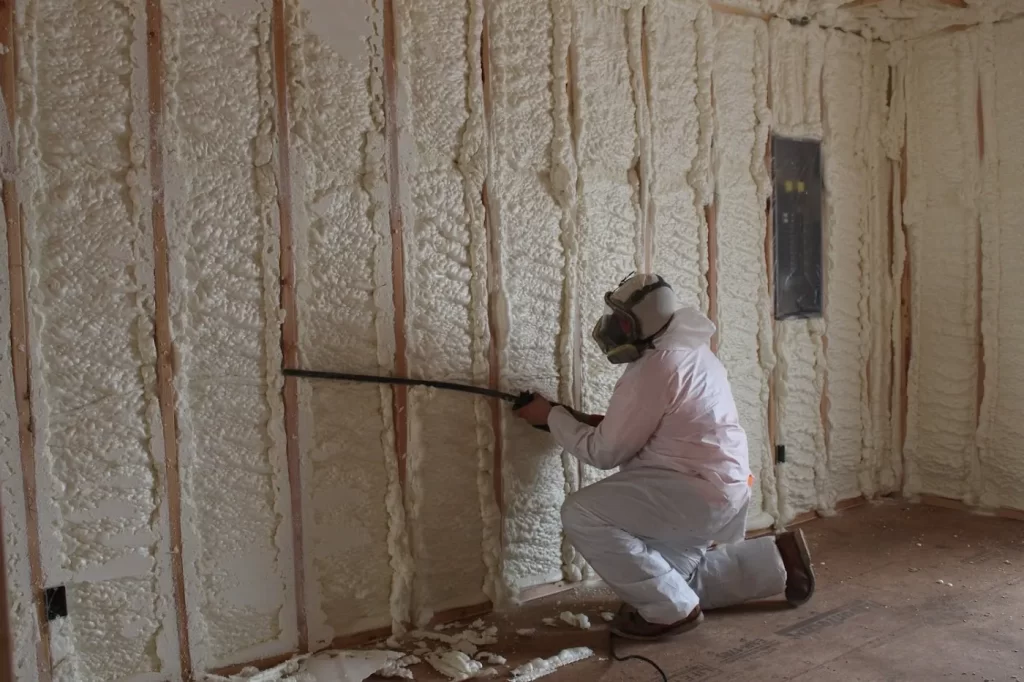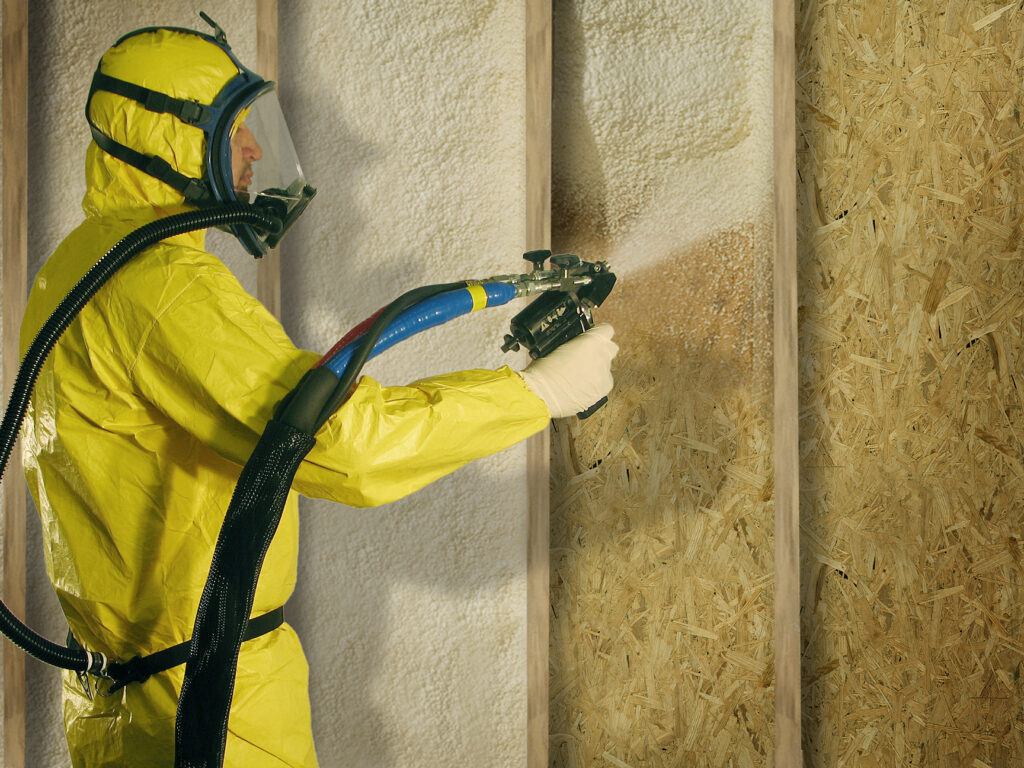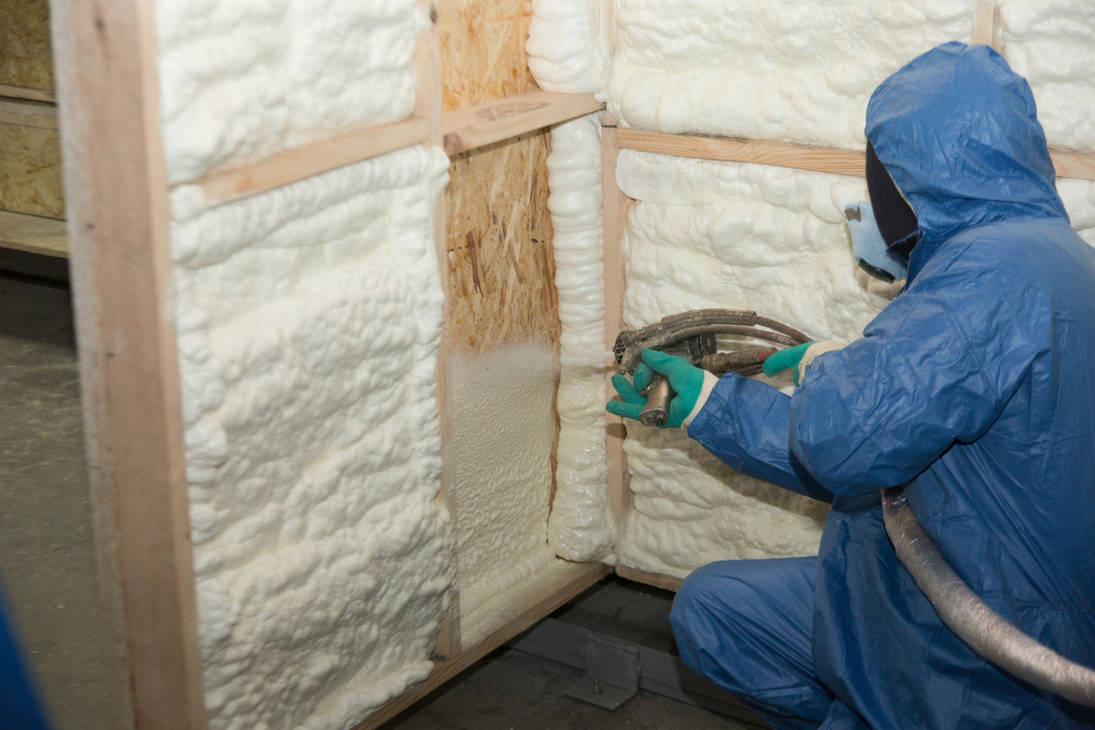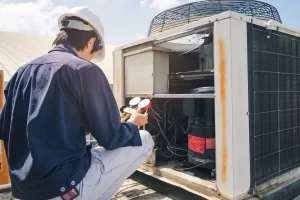Spray foam insulation transforms Leander homes by creating a complete thermal envelope that maintains consistent indoor temperatures despite Central Texas’s extreme climate fluctuations. This advanced insulation method seals all gaps, cracks, and penetration points in the building envelope, eliminating up to 95% of air leakage while providing humidity control that traditional insulation cannot match. The result is dramatically enhanced comfort through the elimination of hot/cold spots, reduced indoor allergens, and decreased outdoor noise penetration.
According to the Building Performance Institute, properly installed spray foam insulation in Leander residences typically reduces heating and cooling energy consumption by 30-50% compared to homes with conventional fiberglass insulation. This efficiency stems from spray foam’s superior R-value stability and air-sealing properties, which are particularly effective against Leander’s scorching summers and occasional harsh winter conditions. With over two decades of performance testing in Texas climates, spray foam has proven to maintain its insulating properties without degradation, unlike traditional materials that compress and lose effectiveness over time.
How Spray Foam Creates Superior Comfort in Leander Homes
Spray foam insulation addresses the unique comfort challenges Leander homeowners face throughout the year. The expanding nature of the foam creates a seamless barrier that prevents both air movement and thermal transfer—the two primary causes of comfort issues in residential settings.
During Leander’s intense summer heat, spray foam blocks radiant heat transfer through roofs and walls while preventing conditioned air from escaping. This results in quicker cooling cycles, more consistent temperatures between rooms, and reduced strain on air conditioning systems. The Texas State Energy Conservation Office reports that properly insulated attics can reduce ceiling heat gain by up to 95% during peak summer periods, significantly impacting overall home comfort.
In winter months, the same insulation barrier prevents heat loss and eliminates drafts that make homes feel colder than the thermostat setting indicates. By maintaining consistent temperatures throughout the living space, spray foam eliminates the need for space heaters or excessive blankets in previously uncomfortable rooms.
Bonus Tip: For maximum comfort improvement in Leander homes, prioritize insulating the attic first. Local installers have observed that attic temperatures in poorly insulated Leander homes can reach 140°F+ during summer, radiating heat downward into living spaces regardless of air conditioning settings.
Comfort Factors Comparison
| Comfort Factor | Traditional Insulation | Spray Foam Insulation |
|---|---|---|
| Temperature Consistency | Varies up to 6-8°F between rooms | Maintains within 2-3°F throughout home |
| Draft Elimination | Partial – doesn’t seal penetration points | Complete – seals all gaps and cracks |
| Humidity Control | Limited to none | Significant – prevents moisture infiltration |
| Allergen Reduction | Minimal – allows air infiltration | Substantial – blocks outside allergens |
| Noise Reduction | Limited (R-13 fiberglass = STC 39) | Enhanced (Open-cell foam = STC 37-45) |
| Odor Penetration | Allows cooking/garage odors between spaces | Creates effective odor barrier |
| Floor Temperature | Cold floors remain cold | Normalizes floor temperatures |
| HVAC Runtime | Frequent cycles, longer runtime | Reduced cycling, shorter runtime |
Climate-Specific Benefits for Leander Properties
Leander’s location in the Hill Country exposes homes to specific climate challenges that spray foam insulation addresses directly. Summer temperatures regularly exceed 95°F for extended periods, while winter can bring unexpected freezes that test heating systems.
A study by Texas A&M’s Energy Systems Laboratory found that homes in Central Texas with spray foam insulation maintained comfortable temperatures for 2-3 times longer during power outages compared to traditionally insulated homes. This resilience provides both comfort security and practical protection during severe weather events.
The semi-arid climate in Leander creates large daily temperature swings, sometimes exceeding 30°F between day and night. Spray foam’s thermal mass properties buffer these fluctuations, allowing HVAC systems to operate more efficiently rather than constantly responding to external temperature changes.
Technical Performance Data
| Performance Metric | Standard Insulation | Spray Foam Insulation |
|---|---|---|
| Air Leakage Reduction | 20-30% | 90-95% |
| R-Value (Open-Cell) | R-3.2 per inch (degrades) | R-3.7 per inch (stable) |
| R-Value (Closed-Cell) | Not applicable | R-6.0-7.0 per inch (stable) |
| Moisture Vapor Control | Limited to none | Significant (closed-cell) |
| Leander Heat Gain Reduction | 50-60% | 80-90% |
| Annual Energy Savings (Leander) | 10-15% | 25-50% |
| Comfort Recovery (after door opening) | 8-12 minutes | 3-5 minutes |
| Indoor Air Quality Improvement | Minimal | Substantial (reduced infiltration) |
| Texas Energy Code Compliance | Basic compliance | Exceeds requirements by 25-40% |
Things to Consider Before Making a Decision
Before committing to spray foam insulation for a Leander property, several important factors warrant careful consideration. The age and construction type of the home significantly impact installation approach—ranch-style homes common in Leander often benefit most from attic applications, while two-story homes typically require comprehensive wall and attic treatment.
Existing moisture issues must be addressed before application. Leander’s occasional high humidity periods can create hidden moisture pockets that need remediation prior to foam installation to prevent trapping dampness within structural elements.
Budget planning should account for both upfront costs and long-term returns. While spray foam typically costs 2-3 times more than traditional insulation initially, the U.S. Department of Energy estimates that energy savings offset this premium within 3-5 years in hot climates like Leander’s. Additionally, reduced HVAC maintenance costs and extended equipment lifespan add to the financial benefits.
Bonus Tip: For maximum cost-effectiveness in Leander’s climate, consider a hybrid approach using closed-cell foam in critical areas like roof decks and open-cell foam in wall cavities. This strategy, developed through years of local installation experience, optimizes performance while managing budget constraints.
Comprehensive Insulation Solutions
Residential Spray Foam
Complete home insulation service focused on creating consistent comfort throughout living spaces. Custom applications target the unique architectural features of Leander homes while addressing specific comfort complaints residents experience during extreme temperature periods.
Commercial Spray Foam
Engineered insulation systems for office buildings, retail spaces, and warehouses that reduce operating costs while creating more comfortable environments for employees and customers. Large-scale application techniques ensure consistent coverage across extensive surface areas.
Open-Cell Spray Foam
Lightweight, flexible foam application that expands to fill cavities completely, creating effective air barriers while allowing minor structural movement. Excellent sound dampening properties make this option ideal for interior walls between living spaces or home offices.
Closed-Cell Spray Foam
High-density, rigid foam application that provides maximum R-value and creates moisture barriers to protect structural elements. The added structural rigidity benefits Leander homes in high-wind areas or properties with metal roofing that expands and contracts with temperature changes.
Spray Foam Pole Barn
Specialized application techniques for agricultural buildings and workshops that prevent condensation issues common in metal structures during Leander’s humidity fluctuations. Creates comfortable year-round work environments regardless of outdoor conditions.
Spray Foam Roofing
Seamless roofing system that combines waterproofing and insulation in one application, extending roof life while dramatically improving upper-floor comfort during Central Texas summers. Especially effective for flat or low-slope roofs common on modern Leander homes.
Mineral Wool Insulation
Fire-resistant alternative insulation that provides excellent thermal performance and sound control for specialized applications where temperature regulation and acoustic properties are priorities.
Insulation Removal
Professional extraction of outdated, damaged, or contaminated insulation materials prior to new installation. Addresses potential allergen sources and efficiency issues caused by compressed or water-damaged materials common in older Leander homes.
Interior Insulation
Targeted insulation strategies for interior walls, floors, and ceilings that address specific comfort and sound transmission challenges in existing structures without major renovation.
New Construction Insulation
Comprehensive insulation planning and installation during building phases, ensuring maximum efficiency and comfort from the beginning. Coordinated approach integrates with other construction elements for optimal building performance.
Roof Coatings
Reflective coating systems that reduce heat absorption through roofing materials, enhancing insulation effectiveness during Leander’s intense summer sun exposure. Particularly valuable for west-facing roof sections that receive afternoon sun.
Polyurea Coatings
Durable, waterproof coating applications for floors, damaged surfaces, and specialty needs that protect structural elements while improving appearance and preventing moisture intrusion that can compromise insulation effectiveness.
Common Questions About Comfort Improvement
How quickly will I notice comfort improvements after spray foam installation?
Most Leander homeowners report immediate, dramatic improvements in comfort. The elimination of drafts and hot/cold spots becomes apparent within the first 24 hours after installation. The most noticeable changes typically include consistent temperatures between rooms, reduced HVAC cycling, and quieter indoor environments.
Which areas of my home will benefit most from spray foam insulation?
In Leander’s climate, attics and western-facing walls typically provide the most dramatic comfort improvements when insulated with spray foam. Attic applications prevent superheated air from radiating downward, while western wall installations block the intense afternoon sun that causes evening discomfort in many Leander homes.
Will spray foam help with the high humidity we sometimes experience?
Closed-cell spray foam creates an effective vapor barrier that prevents outdoor humidity from infiltrating the home. This moisture control capability helps maintain consistent indoor humidity levels regardless of outdoor conditions, reducing the clammy feeling that often accompanies traditional air conditioning in humid periods.
Frequently Asked Questions
How does spray foam affect indoor air quality?
By creating an airtight seal, spray foam significantly improves indoor air quality by preventing the infiltration of outdoor pollutants, allergens, and dust. The foam itself, once cured, is inert and does not release harmful chemicals into the living space. Many Leander residents with seasonal allergies report reduced symptoms after spray foam installation.
Can spray foam insulation reduce noise from outside?
Yes, spray foam provides excellent noise reduction properties. Open-cell foam absorbs sound waves particularly well, reducing outdoor noise transmission by 40-50% compared to traditional insulation. This benefit is especially valuable for homes near major roadways or in developing neighborhoods with ongoing construction.
How long does properly installed spray foam last?
Quality spray foam maintains its effectiveness for 25+ years without significant degradation. Unlike fiberglass that settles and loses performance, spray foam remains stable and continues performing throughout the life of the structure, making it a permanent solution for Leander homes.
Is it possible to install spray foam insulation during any season?
While installation can occur year-round, professional installers typically recommend spring or fall in Leander for optimal application conditions. Extreme summer heat can affect the foam’s cure time, while rare winter cold snaps may impact expansion properties. However, modern formulations allow for successful installation during any season with proper adjustments to the application process.
What preparation is needed before installation?
Typical preparation includes removing stored items from attics or crawl spaces, covering furniture and belongings in areas adjacent to installation zones, and ensuring proper ventilation planning. Professional installers coordinate specific preparation requirements based on the unique characteristics of each Leander property.
Ready to Transform Your Home’s Comfort
Implementing spray foam insulation represents one of the most impactful comfort improvements available for Leander properties. The combination of temperature stability, draft elimination, humidity control, and noise reduction creates living spaces that remain comfortable regardless of outside conditions.
Take the next step toward revolutionizing your home’s comfort by scheduling a professional assessment that identifies your property’s specific insulation needs. Contact Spray Foam Tech at (737) 777-9590 or [email protected] to discuss customized comfort solutions designed specifically for Central Texas conditions.
Reviewer: Maria Lopez reviewed the article and brought 12 years of insulation industry experience to improve the guidance. Practical tips were added, and the content was made clearer and more useful for contractors working in the field every day.








